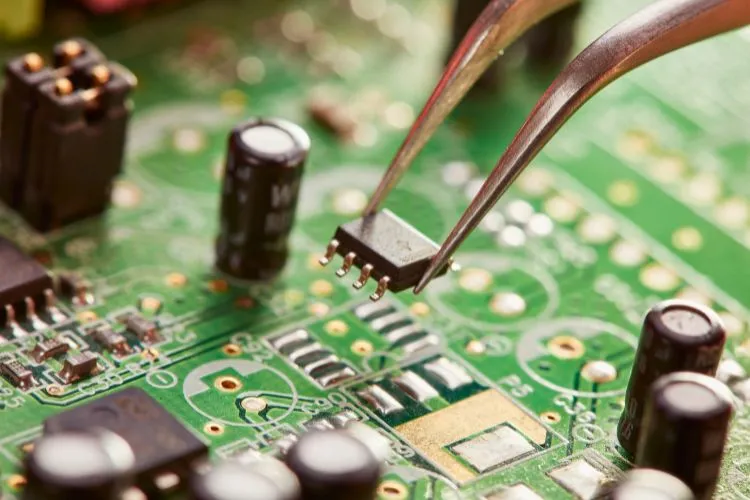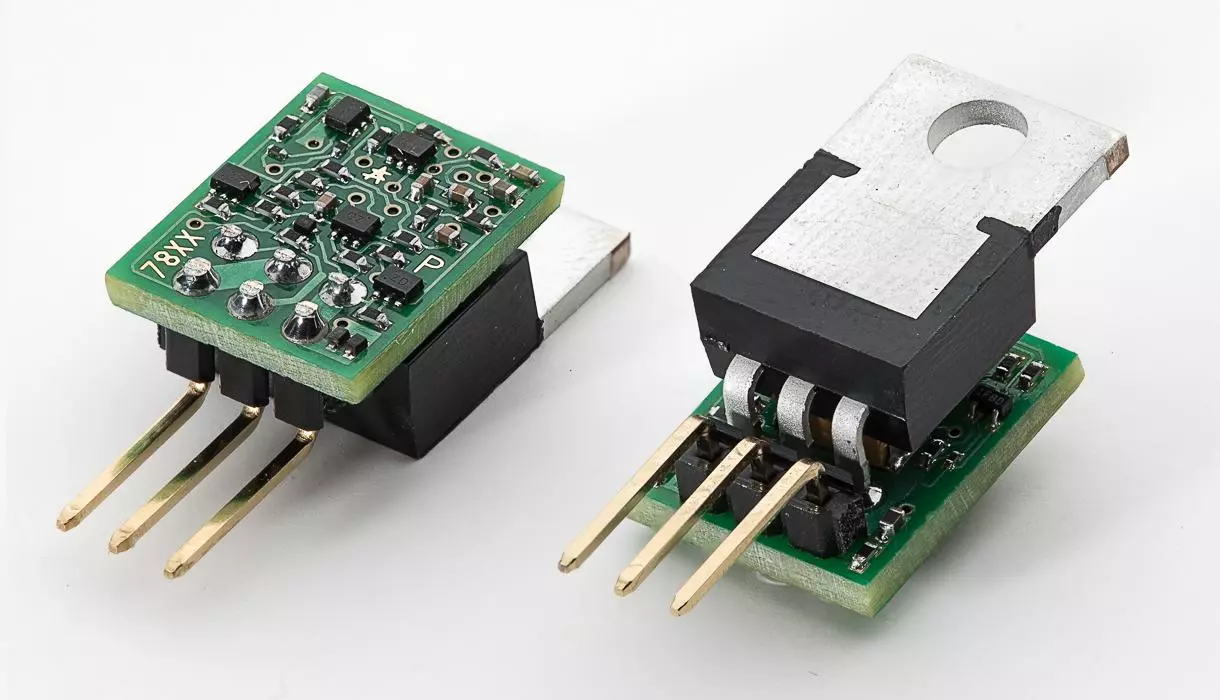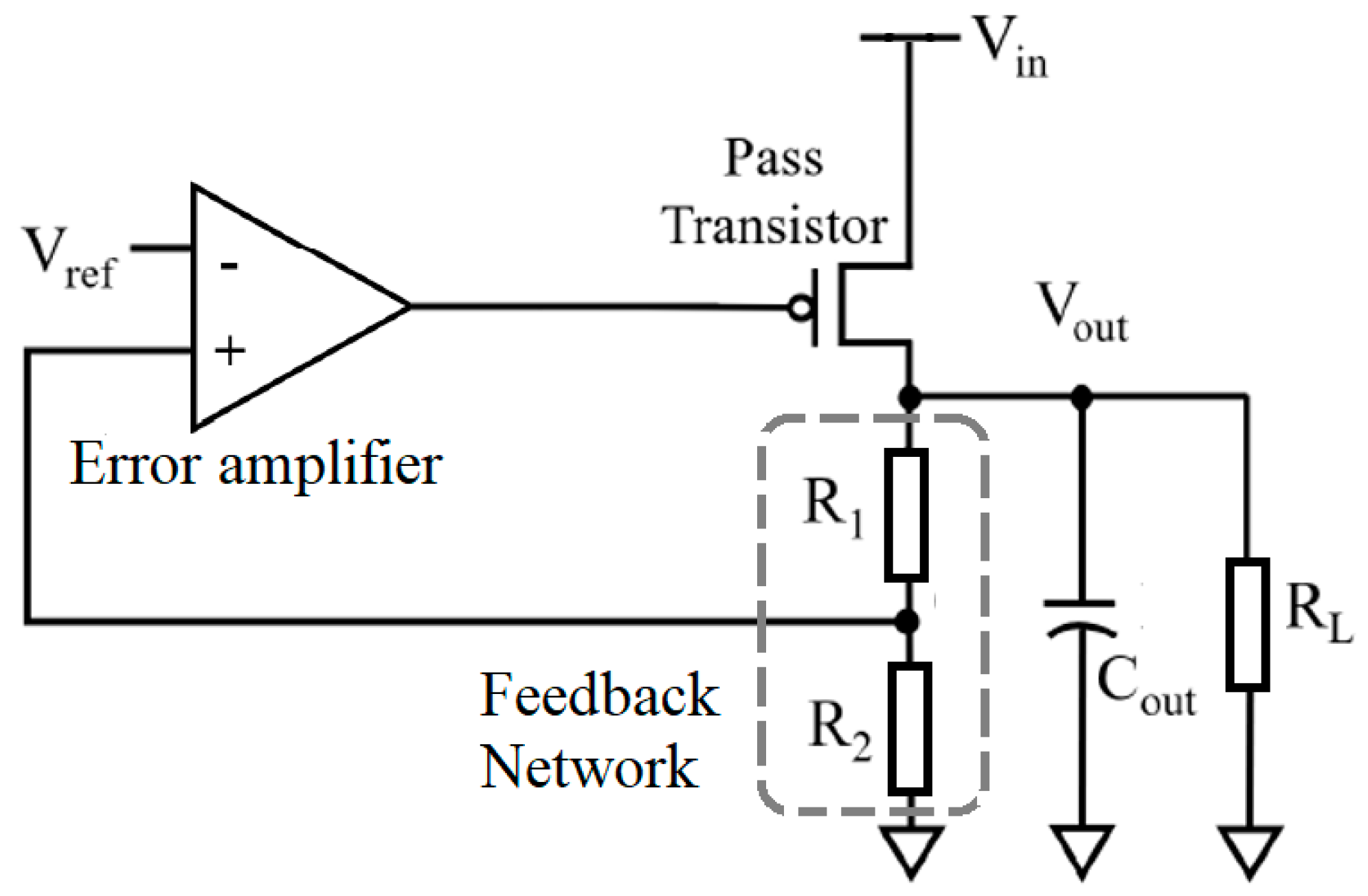Voltage regulators play a crucial role in the functioning of our electronic devices, ensuring they operate within safe voltage limits. But when it comes to voltage regulators, does polarization apply in the same way as it does to other components?
Voltage regulators play a crucial role in our electronic devices. They ensure devices operate within safe voltage limits.
But, does polarization apply to voltage regulators as much as it does to other components?
In short, do regulators need to be polarized?
This article dives deep into the subject.

Understanding Voltage Regulators
Voltage regulators manage the voltage level supplied to electronic devices. They prevent damage from voltage fluctuations.
There are various types of voltage regulators, including linear regulators and switching regulators. Each type has its unique features and applications.
Do regulators need to be polarized?
Polarization refers to the alignment of electrical components in a specific orientation. It ensures proper functionality and safety.
In the context of voltage regulators, polarization pertains to ensuring the correct orientation with respect to the circuit. But, the need for polarization varies depending on the type of regulator and its design.
The Debate on Polarization
The subject of polarization in voltage regulators sparks debate among professionals. Many forums and technical articles provide insights into its necessity.
Some argue that it enhances safety and performance. Others see it as unnecessary in certain contexts.

Conditions Under Which Polarization Is Necessary
In some cases, polarization is crucial for the functioning of voltage regulators. It depends on the regulator’s design and the specifics of the electronic circuit.
Proper alignment might be key to preventing short circuits and ensuring efficient operation.
How to Polarize Voltage Regulators?
Polarizing voltage regulators involves several steps. First, identify the positive and negative terminals. Next, integrate the regulator into the circuit, respecting these orientations.
Precautions include avoiding reverse connections. This protects the component and the larger circuit from damage.
The Importance of Understanding Specifications
Understanding the specifications and datasheets of voltage regulators is paramount for ensuring their correct and safe use in electronic circuits.
These documents provide essential information, such as operating voltage ranges, current capacities, and thermal characteristics.
Crucially, they detail whether a regulator requires polarization—correct orientation within a circuit to function without risk of damage.
Ignoring these guidelines can lead to device failure, potential harm to other components, or safety hazards.
Datasheets also advise on necessary ancillary components, like bypass capacitors, to ensure stability and reduce noise, specifying types and values precisely suited for optimal operation.
Familiarity with the datasheets’ technical language is crucial to avoid misinterpretation that could lead to incorrect implementation.
In essence, investing the effort to thoroughly understand voltage regulator specifications is not merely beneficial; it’s imperative for the creation of efficient, reliable, and safe electronic designs.
Case Studies: Polarization in Action
Case Study 1: Smartphone Power Management
In the development of a flagship smartphone, engineers faced a challenge with the device’s power management system overheating.

Upon investigating, they discovered that a key voltage regulator was incorrectly polarized due to a misinterpretation of the datasheet.
Realigning the component according to correct polarization specifications not only resolved the overheating issue but significantly improved battery life and performance, underlining the critical role of polarization in device safety and efficiency.
Case Study 2: Automotive Electronic Control Units (ECUs)
An automotive company recalled a line of vehicles due to electronic control units failing prematurely.
The fault was traced back to a voltage regulator that was inserted without proper regard for its polarization requirements, leading to erratic behavior of the vehicle’s electronic systems.
Correcting the polarization in the design phase for subsequent models dramatically reduced failures and enhanced the reliability of the vehicle’s electronic systems, demonstrating how essential understanding polarization is in complex, safety-critical systems.
Troubleshooting Polarization Issues
Troubleshooting polarization issues in voltage regulators begins with a thorough examination of the circuit against the regulator’s datasheet; ensuring the device is correctly oriented as per its pin configuration is paramount.
If a device is found to be incorrectly polarized, it must be removed and correctly reinserted, considering the orientation markers like the notch or dot indicating pin 1.
In cases where incorrect polarization has led to device damage, replacing the regulator is necessary. Before powering the circuit again, verify that all surrounding components are intact and correctly placed, as these might also have been affected.
For preventative measures, double-checking the device’s orientation before installation and conducting a pre-power checklist can mitigate such issues.
Additionally, using a multimeter to confirm that the voltage levels at the regulator’s input and output match expected values according to the datasheet can further assure correct polarization and functionality.
Future Trends in Voltage Regulator Design
Emerging trends in voltage regulator technology are largely focused on increasing efficiency, miniaturization, and integration capabilities while simplifying design complexities.

One significant trend is the development of auto-polarizing voltage regulators.
These innovative devices incorporate internal circuitry designed to automatically configure their polarity based on the connected input, effectively eliminating the possibility of incorrect polarization and subsequent device failure.
Additionally, advancements in semiconductor materials, such as Gallium Nitride (GaN) and Silicon Carbide (SiC), are enhancing the performance of voltage regulators.
These materials offer higher efficiency and thermal conductivity, which are pivotal for supporting the miniaturization trend. They inherently reduce the sensitivity to polarization errors by better handling reversed voltage conditions.
Lastly, the integration of smarter, programmable voltage regulators equipped with microcontrollers is on the rise.
These allow for real-time monitoring and adjustment of operational parameters, potentially self-correcting any polarization issues without manual intervention, thereby enhancing reliability and user safety in complex electronic environments.
Frequently Asked Questions (FAQs)
Do all types of voltage regulators need to be polarized?
Not all types need polarization. It depends on their design and the circuit’s requirements.
What happens if you don’t polarize a voltage regulator?
The consequences range from inefficient operation to damaging the regulator or the device.
Can polarization affect the longevity of a voltage regulator?
Proper polarization can extend a regulator’s life by ensuring it operates as intended and prevents damage.
Conclusion:
Polarization in voltage regulators plays a role in certain contexts. It is essential to understand the specifics of your electronic components and circuits.
Following the guidelines for polarization ensures safety and longevity of devices.
Always refer to technical documents and consider expert insights when integrating voltage regulators into your projects.
